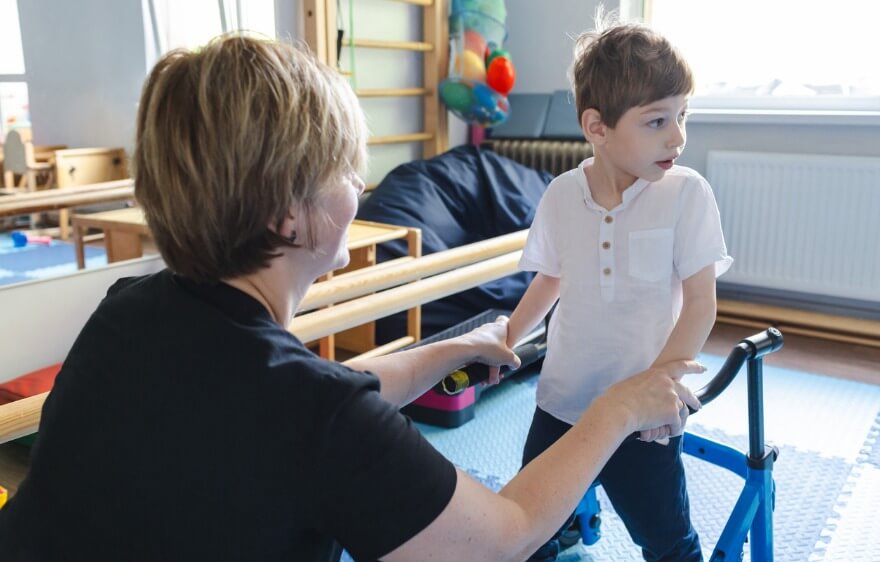A new study just out from Perspectives of the ASHA Special Interest Groups compared nine school-age students with speech sound disorders receiving traditional once weekly intervention to nine similar students receiving individual six-minute telepractice sessions five times weekly. Although the monthlyminutes were equivalent (30 minutes per week for 4 weeks vs. 6 minutes per day for 4 weeks), the students receiving intensive daily interventions finished the year with significantly more minutes of therapy, and far more productions of their target sound.
The intensive teletherapy group looked better at the end of the year. Not only were more students dismissed from that group than from the traditional therapy group, but communication ratings showed a bigger pre-to-post increase in the intensive teletherapy group, as well. In fact, students, teachers, parents, administrators, and SLPs all preferred the intensive teletherapy approach and identified no disadvantages.
While it is great to see research showing the effectiveness of interventions provided by teletherapy, I personally think there may have been too many variables at play here. The two groups differed in a lot of ways: teletherapy vs. face to face therapy, short frequent sessions vs. single weekly sessions, production targets of 100/6-minute session (or 600 weekly) vs. 50-75/weekly session for the small groups, and different total minutes in therapy for the year (mean of 767 minutes for intensive teletherapy group and mean of 601 for the traditional therapy). There is information suggesting that frequent, intensive therapy can be effective, but with so many differences, it’s hard to draw conclusions about what factor may have made the difference.
Even so, this study raises some interesting questions about what we can do clinically to improve outcomes for students. How can we make sure that students get as many of their allotted IEP minutes as possible? Is 6 minutes/day less disruptive to the general education classroom than 30 minutes once/week? What if that had to continue for only 1 year instead of 3? If frequency is important to progress, does it help to involve parents and teachers and other adults? Does this apply equally to goals for syntax or stuttering or social thinking?
Common sense would tell us that the more adults we can involve in a student’s therapy, the more frequent and consistent feedback and reinforcement will be, and the better progress that student will make. I look forward to more research in this area – real innovation in therapy, with more kids, making more progress, with more caring adults involved all around!







